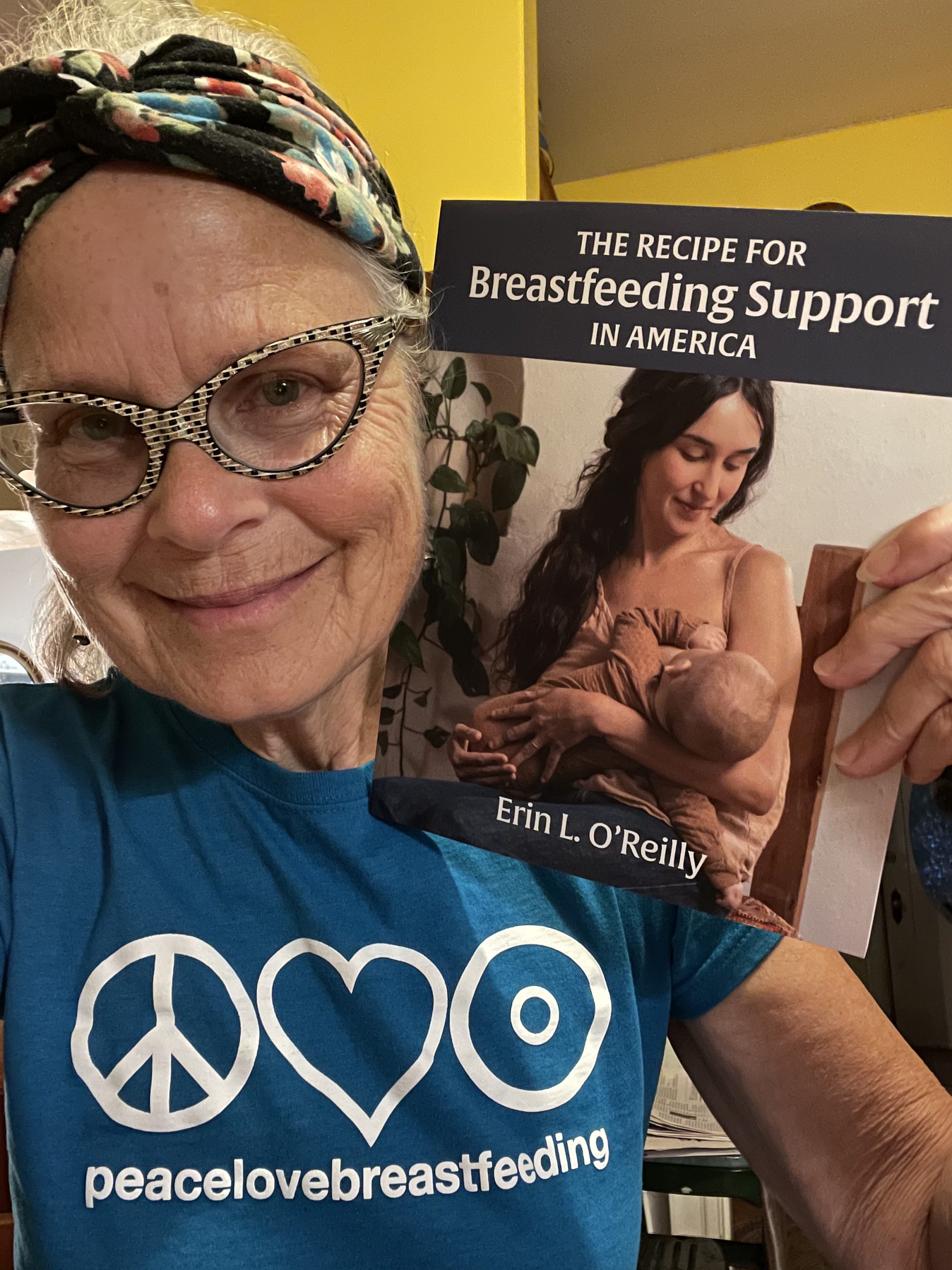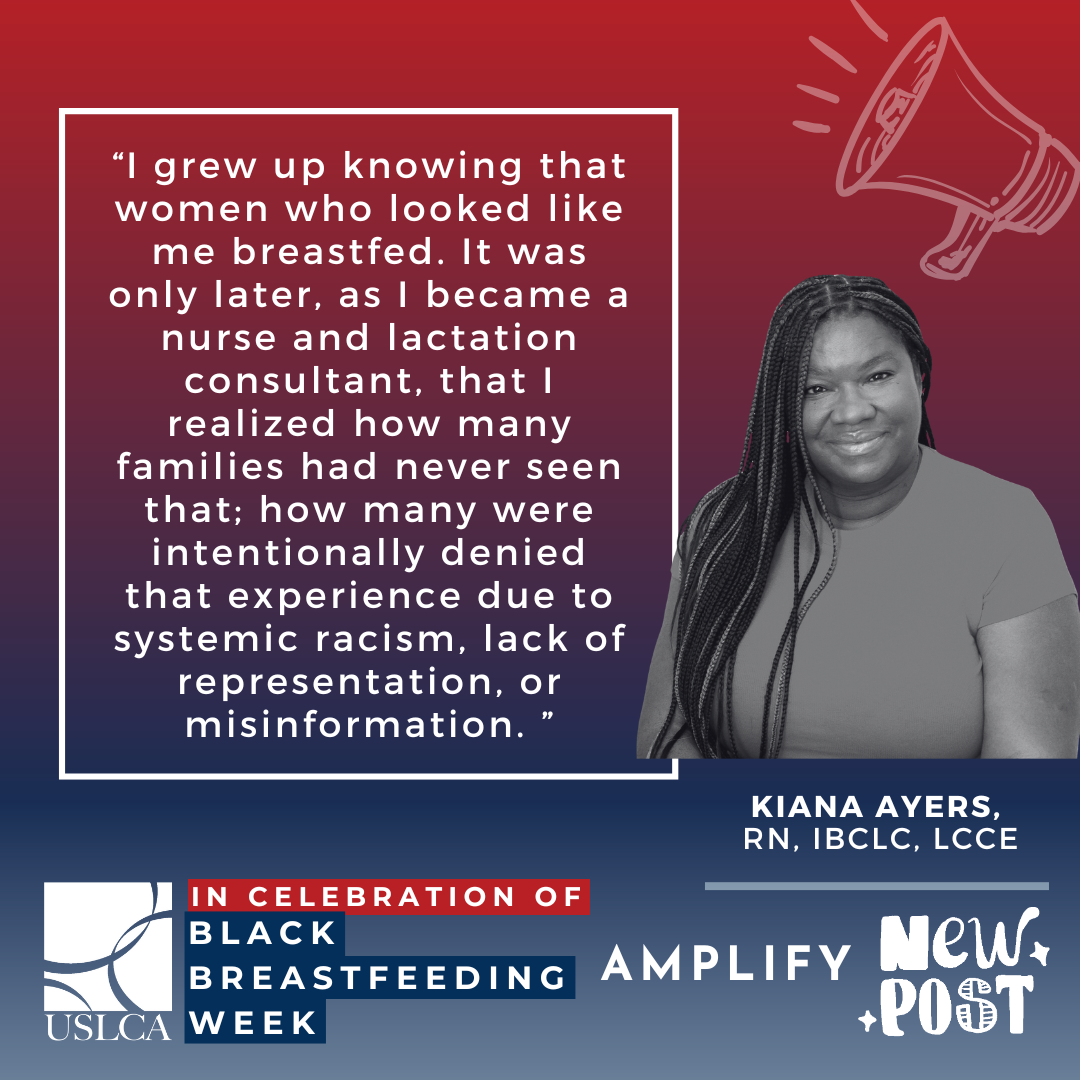By Erin L.O’Reilly, RN, MSNR, IBCLC
 Potent public health indicators and issues are usually monitored through accurate assessment and documentation. Take smoking for example—whenever you go to the doctor: if you smoke, when you started smoking, how much you smoke and for how long you have smoked is assessed, reviewed and documented on your medical chart. We know that data documented from comprehensive and accurate assessment of a public health issue on every person affected is important for the management, support, recognition and research of that issue. However, if something is not “counted”, it doesn’t “count” in our system. Unfortunately, the lack of an accurate, comprehensive and ongoing direct human milk feeding assessment documented on every baby in our healthcare system makes this true for the issue of lactation. Direct human milk feeding has been relegated to a status of unrecognized “parent’s work” by our medical care system and society because of the lack of real time, comprehensive and on-going data assessment of its practice.
Potent public health indicators and issues are usually monitored through accurate assessment and documentation. Take smoking for example—whenever you go to the doctor: if you smoke, when you started smoking, how much you smoke and for how long you have smoked is assessed, reviewed and documented on your medical chart. We know that data documented from comprehensive and accurate assessment of a public health issue on every person affected is important for the management, support, recognition and research of that issue. However, if something is not “counted”, it doesn’t “count” in our system. Unfortunately, the lack of an accurate, comprehensive and ongoing direct human milk feeding assessment documented on every baby in our healthcare system makes this true for the issue of lactation. Direct human milk feeding has been relegated to a status of unrecognized “parent’s work” by our medical care system and society because of the lack of real time, comprehensive and on-going data assessment of its practice.
The paltry systems that we have had for human milk feeding assessment and data gathering began with a phone survey done by Ross Formula Labs since the 1970’s to assess their competition. Talk about the fox guarding the hen house – but that was the only data we had until the 1990’s. Since the 1990’s, this data has been collected by the CDC through a variety of small retrospective surveys, the main one being the NIS, or National Immunization Survey.
Action 19 of the 2011 Surgeon General’s “Call to Action to Support Breastfeeding” called for the development of a national monitoring system to improve the tracking of direct human milk feeding
rates as well as other factors that affect breastfeeding/chestfeeding. This resulted in the “Breastfeeding Report Card” compiled every 2 years by the CDC using data from 2 surveys: NIS and mPINC.
The mPINC only assesses and documents “breastfeeding initiation” in the hospital, and can include a baby who has only been put to the breast/chest only once. Also, the hospitals are very slow and negligent about reporting their mPINC data in a timely manner, if they report it at all.
The NIS survey is primarily used to assess the medical immunization status of babies in the United States. It includes 4 questions tacked onto the end of the survey to assess “continuing breastfeeding rates.” This survey is administered to less than 1% of the babies born in the USA and is done state by state, so it usually covers around 200 babies per state. The NIS phone survey is administered 19-35 months after the birth of a baby so its data are tainted by lack of accurate recall. The other CDC surveys are small, retrospective, and they use different definitions of breastfeeding so they aren’t able to substantiate each other’s data.
WIC (Women, Infants and Children) does assess and document feeding status on each baby in the WIC system (which is around half of all babies born in America), but this data is easily manipulated because it is attached to the WIC benefits package. I worked in WIC for 13 years and saw how the WIC breastfeeding assessment was tied to the WIC package, so that the WIC feeding statistics were often not accurate because the WIC recipient wanted a different package. For example, if a WIC parent was returning to work, they often wanted more formula to stock up on if suspecting milk supply would decrease due to being away from the baby for many hours in a day and/or not being able to pump at work. So they would request a fully formula package to get more formula even though they were still breastfeeding/chestfeeding.
These surveys and assessment tools do not address the need for accurate, real time, comprehensive data that is needed to document and monitor the feeding status of all babies born in America. Since direct human milk feeding data is inaccurately and inadequately assessed, these babies and families are not receiving the documentation, respect, research, and resources they need to successfully breastfeeding/chestfeed. Human milk feeding is both a very important health status indicator and primary health care tool, and needs accurate and comprehensive assessment, documentation, and monitoring.
RECOMMENDATION for real time, accurate and comprehensive statistics.
Since human milk feeding is a “parent-made” immunization and since man-made immunizations are assessed in a systemic and accurate manner at all well-baby visits, I recommend that
human milk feeding statistics also be assessed and documented at all well-baby visits by 4 questions:
#1 How many times does the baby go to the breast for a feed in a 24-hour period?
#2 How many ounces of human milk is the baby receiving per 24 hours?
#3 How many ounces of formula is the baby receiving per 24 hours?
#4 When were solid foods started and how often is the baby fed solid foods per 24 hours?
These four questions would give exclusive, partial and continued human milk feeding statistics on every baby in the well-baby care system and could easily be compiled by states and the CDC
for accurate and comprehensive statistics, used for comprehensive research related to human milk feeding benefits, used to move from assessment to adequate breastfeeding/chestfeeding services needed, and used to support the reasons for more Lactation Professionals and paid family leave in America. It all starts with an accurate and comprehensive assessment and documentation of breastfeeding/chestfeeding statistics!
About Erin:
I began working with families as a Nurse in 1982 and specialized in breastfeeding support in 1999, then becoming an IBCLC in 2000. I’ve worked in prenatal care, hospitals on L+D, Postpartum floors and Special Care Nurseries, in a FQHC doing home visits, and in WIC.



